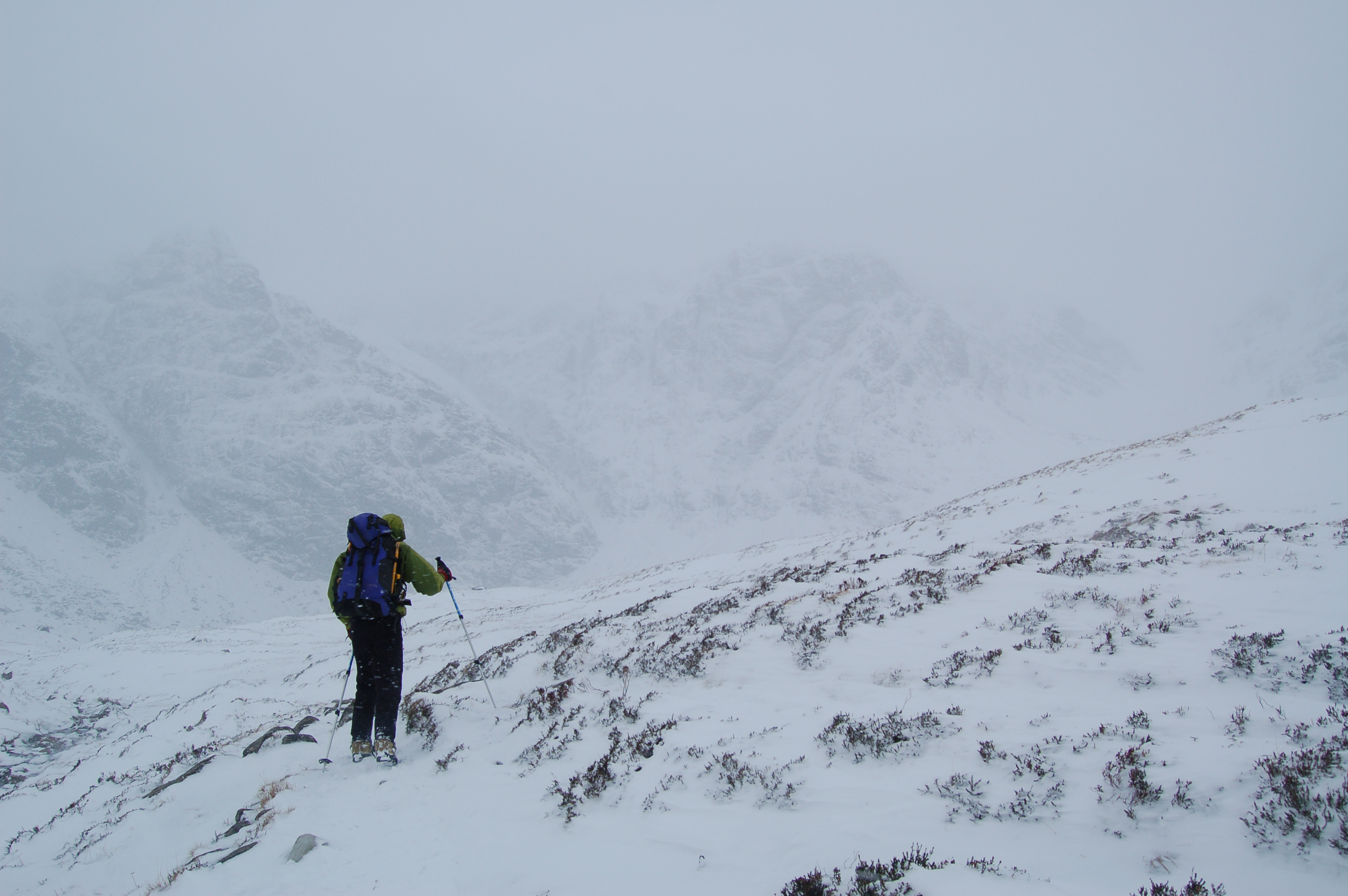Himalayan Alpine Biome
Countries With This Biome:
-Southern Asia (Pakistan, Bhutan, China, Tibet, India, and Nepal)
Climate:
Throughout the seasons, it is constantly snowing in this biome however there is a distinct difference between the winter and summer months. Winters are extremely icy and frigid whereas summer months are slightly warmer. Temperature can range from lows around -10 Celsius to near 23 Celsius in the summer.
Animals:
There are not many animals that can withstand the transitioning cold temperatures of the Himalayan Alpine climate but a few animals have adapted to this extreme environment
Himalayan Tahr
The himalayan tahr is related to the goat family equipped with a dense winter coat that sheds in the summer, and is able to climb mountains well with it's gripping hooves.
Himalayan Yak
Wild yaks found in the himalayan alpines are undomestic oxen's kept warm by thick, wooly fur as well as the fermenting mechanism of their digestive system generating an internal food-furnace that produces temperatures around 40 degrees Celsius.
Snow Leopard
Feeding off of wild Himalayan animals including wild sheep and alpine rodents, the snow leopard has adapted to its winter environment with furry insulating paws, a large nasal cavities for intaking greater amounts of oxygen in higher altitudes.
Plants:
The Himalayan Alpine biome is, in part, a hostile environment with less mature tree growth and more grasses, shrubs, and herbaceous plants. Rhododendrons grow abundantly in lower altitudes as where there is less snow, flowers cover the ground.
The Rhododendron flower is has adapted to be protected from grazing alpine animals thanks to it's production of the poison, grayanotoxin. The leaves are also tough to prevent themselves from being grazed upon by herbivores. The plant has adapted to achieve a large amount of surface area to be enriched with as much sunlight as possible.
Soil:
Himalayan foothill soil: sandy and acidic
Forest soil: topsoil is very rich in hummus
Podzols: Infertile, acidic, and ashy
High altitude meadow soil: soil is thin, gritty, and rich in hummus
(podzol)
Limiting Factors:
-Infertile soil
-High altitudes
-Frigid temperatures
-Rough, rocky terrain
-Steep mountain slopes
-Constant snowing
Human Impact:
-Installed for hydroelectricity purposes, a bombardment of man-made dams and dam-related activities are destroying himalayan forests and the ecosystems inside of them
-Deforestation leads to landslides
-Himalayan mining( salt) affects the lithosphere and biosphere

